Static electricity fried my PC when I opened it. Here’s what I did wrong
Frying a computer component with static is one of those things that very rarely ever happens. Yet it can happen, as I found out recently through personal experience — when building a new PC, I made a mistake that wound up destroying a valuable sound card. Oops. I got a firsthand taste of what it’s like to lose a component while cleaning my gaming rig and let me tell you, it’s no joke! What did I do wrong? I didn’t use an anti-static wristband, that’s what! What do anti-static wristbands do? In case you aren’t familiar with them, anti-static wristbands are made solely for the purpose of preventing electrostatic charges from zapping your PC components when you’re working on them. Static charges can be quite strong — upwards of 3,000 volts — compared to the harmless 12 volts or so normally running through your PC components, so they do pose a risk of damage. The strap consists of an elastic / fabric wristband and a grounding cord with a clip on the end. The strap goes around your wrist, while the grounding cord with clip connects to a known grounding point; in my case it would have been the metal chassis of the PC I was working on. The device acts as a kind of insurance policy for your parts, collecting the static you create as you move your body around. It delivers the charge safely to the endpoint, without damaging what you’re holding. If you have one of these on, you can be fairly confident your parts are safe. Foundry When I zapped my soundcard, I had just started cleaning my rig. I intended to put my wristband on but hadn’t quite got round to it. I made the mistake of reaching out and taking hold of the soundcard that I had laid next to my PC, while I simultaneously moved to get off a mat I was sitting on. In retrospect, I figure that motion built up a lot of static. I hadn’t grounded myself properly, and I felt the static leave my hand immediately. Static damage isn’t always obvious Even after feeling the shock, I didn’t realize my soundcard was as dead as a doornail. That realization came a bit later when I couldn’t get the part to work. Still, I must have been unlucky. I’ve read many PC builder accounts that say they’ve been building PCs for years and never lost a part to static discharge. These builders use one body part to ground themselves where that body part becomes the transistor, taking on the role of the grounding cord. Further reading: 7 advanced tools every PC enthusiast needs in their toolkit They often talk about how modern PC components are a lot tougher than they used to be to justify their use of that technique. For instance, they point to how RAM modules used to be one of the most prone to static damage, but now because of their more robust casings and heatsinks, they can resist static a lot easier than they used to, they say. While that may be true, I wonder how many of these builders are causing static damage that flies under the radar. I mean, even if they are very apt at using their body, the technique doesn’t offer continuous grounding all the way through the process, like a wristband does. Static charge can be unpredictable in the way it moves too, and even a small static charge is enough to cause damage. My damaged part was obvious, but static damage isn’t always. Rather than causing a part to fail completely, it may just damage electrical pathways or some other part of the component that will mean it still works when its installed but then that damage rears its ugly head years down the track when it suddenly fails. For me, as the saying goes, “once bitten, twice shy” — I’ve learned my lesson. I’m using an anti-static wristband from the get-go from now on.

Frying a computer component with static is one of those things that very rarely ever happens. Yet it can happen, as I found out recently through personal experience — when building a new PC, I made a mistake that wound up destroying a valuable sound card. Oops.
I got a firsthand taste of what it’s like to lose a component while cleaning my gaming rig and let me tell you, it’s no joke! What did I do wrong? I didn’t use an anti-static wristband, that’s what!
What do anti-static wristbands do?
In case you aren’t familiar with them, anti-static wristbands are made solely for the purpose of preventing electrostatic charges from zapping your PC components when you’re working on them. Static charges can be quite strong — upwards of 3,000 volts — compared to the harmless 12 volts or so normally running through your PC components, so they do pose a risk of damage.
The strap consists of an elastic / fabric wristband and a grounding cord with a clip on the end. The strap goes around your wrist, while the grounding cord with clip connects to a known grounding point; in my case it would have been the metal chassis of the PC I was working on.
The device acts as a kind of insurance policy for your parts, collecting the static you create as you move your body around. It delivers the charge safely to the endpoint, without damaging what you’re holding. If you have one of these on, you can be fairly confident your parts are safe.
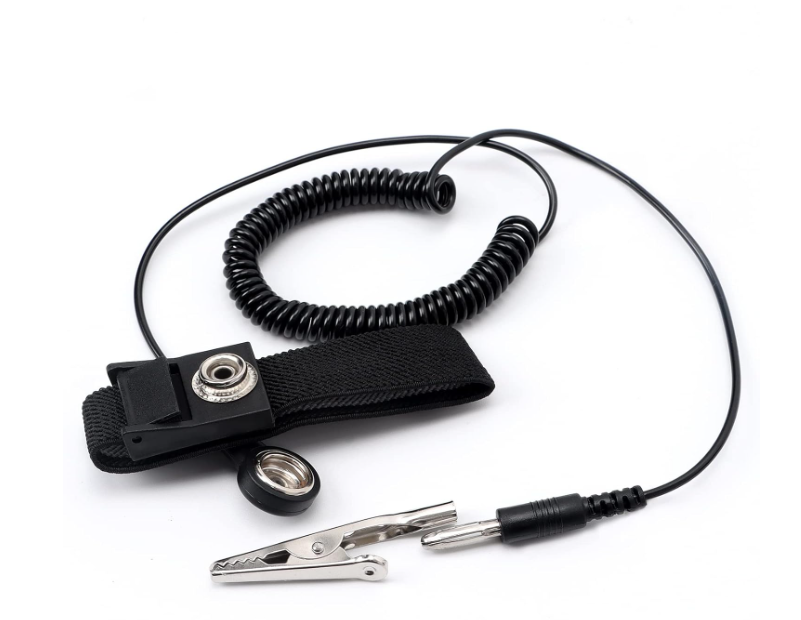
Foundry
When I zapped my soundcard, I had just started cleaning my rig. I intended to put my wristband on but hadn’t quite got round to it. I made the mistake of reaching out and taking hold of the soundcard that I had laid next to my PC, while I simultaneously moved to get off a mat I was sitting on. In retrospect, I figure that motion built up a lot of static. I hadn’t grounded myself properly, and I felt the static leave my hand immediately.
Static damage isn’t always obvious
Even after feeling the shock, I didn’t realize my soundcard was as dead as a doornail. That realization came a bit later when I couldn’t get the part to work.
Still, I must have been unlucky. I’ve read many PC builder accounts that say they’ve been building PCs for years and never lost a part to static discharge. These builders use one body part to ground themselves where that body part becomes the transistor, taking on the role of the grounding cord.
Further reading: 7 advanced tools every PC enthusiast needs in their toolkit
They often talk about how modern PC components are a lot tougher than they used to be to justify their use of that technique. For instance, they point to how RAM modules used to be one of the most prone to static damage, but now because of their more robust casings and heatsinks, they can resist static a lot easier than they used to, they say.
While that may be true, I wonder how many of these builders are causing static damage that flies under the radar. I mean, even if they are very apt at using their body, the technique doesn’t offer continuous grounding all the way through the process, like a wristband does. Static charge can be unpredictable in the way it moves too, and even a small static charge is enough to cause damage.
My damaged part was obvious, but static damage isn’t always. Rather than causing a part to fail completely, it may just damage electrical pathways or some other part of the component that will mean it still works when its installed but then that damage rears its ugly head years down the track when it suddenly fails.
For me, as the saying goes, “once bitten, twice shy” — I’ve learned my lesson. I’m using an anti-static wristband from the get-go from now on.




















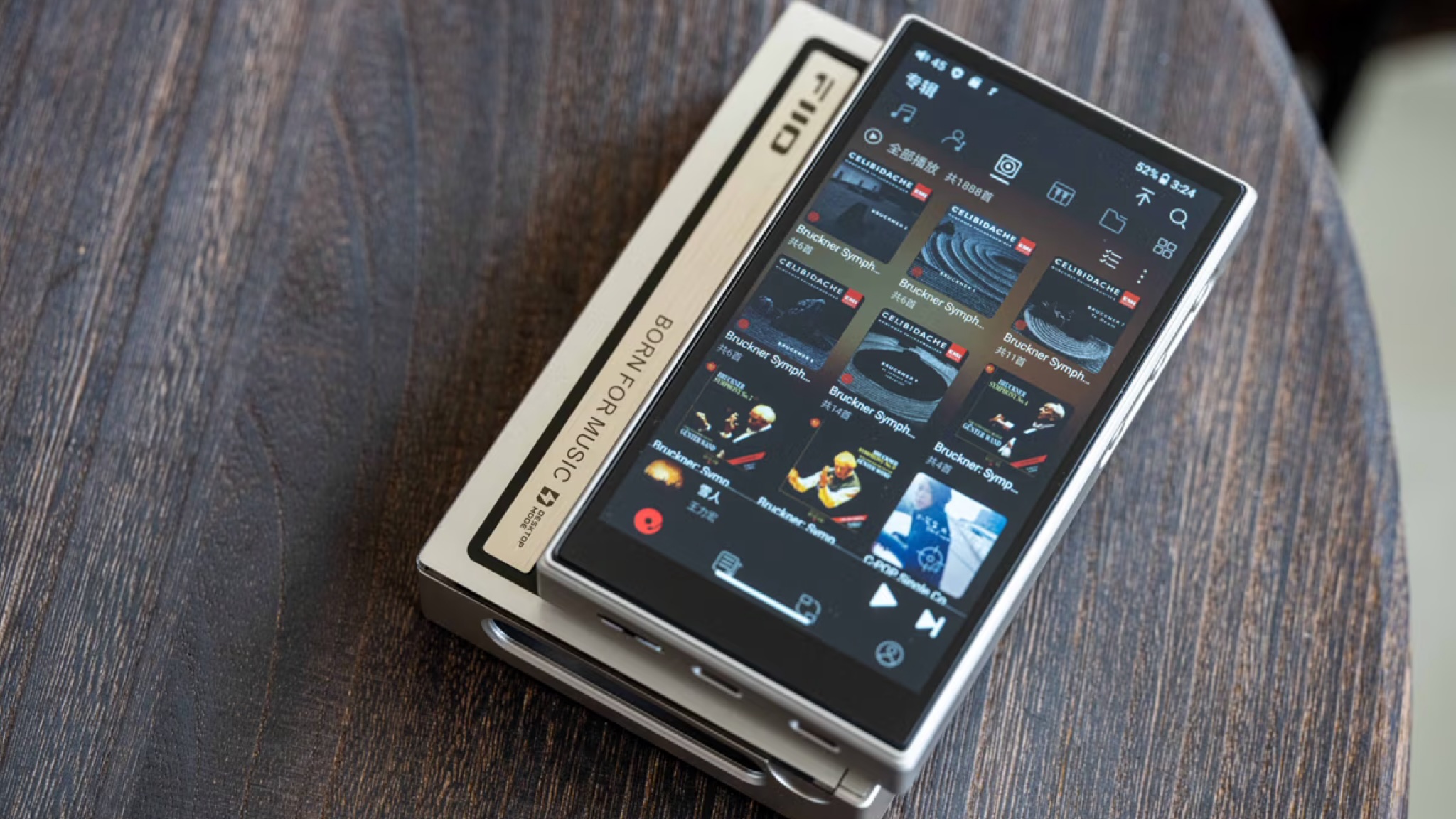

























































































































































![[The AI Show Episode 152]: ChatGPT Connectors, AI-Human Relationships, New AI Job Data, OpenAI Court-Ordered to Keep ChatGPT Logs & WPP’s Large Marketing Model](https://www.marketingaiinstitute.com/hubfs/ep%20152%20cover.png)










































































































































































.jpg?width=1920&height=1920&fit=bounds&quality=70&format=jpg&auto=webp#)




















































































_Andreas_Prott_Alamy.jpg?width=1280&auto=webp&quality=80&disable=upscale#)

_designer491_Alamy.jpg?width=1280&auto=webp&quality=80&disable=upscale#)


























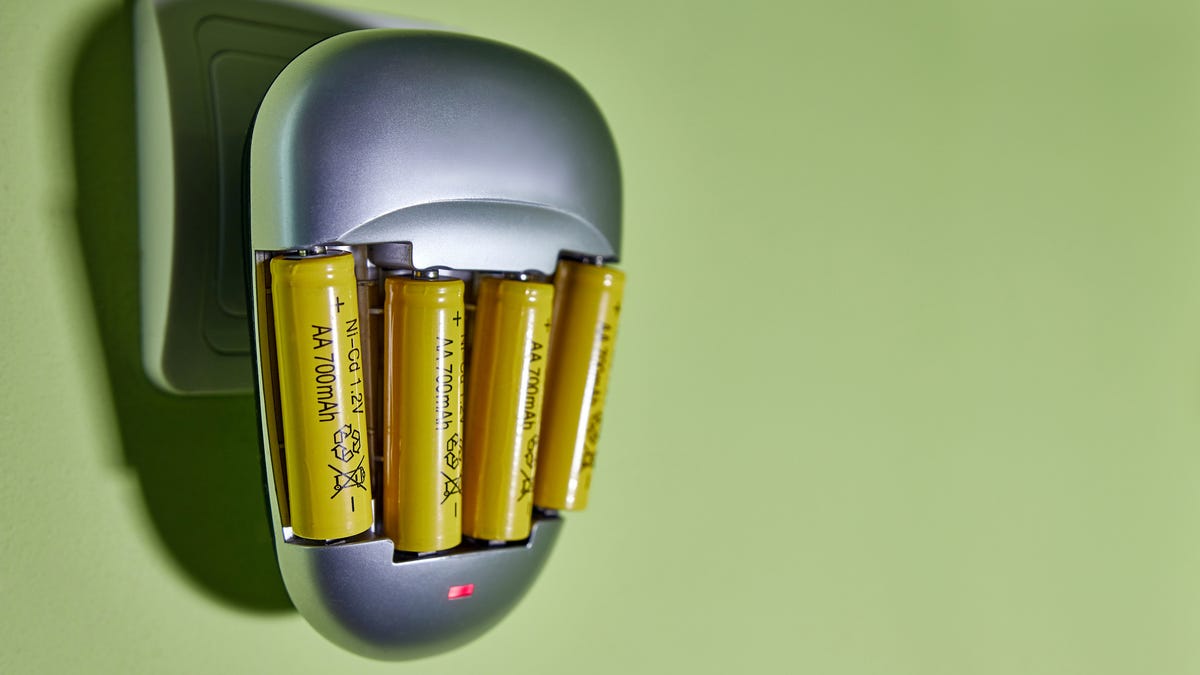














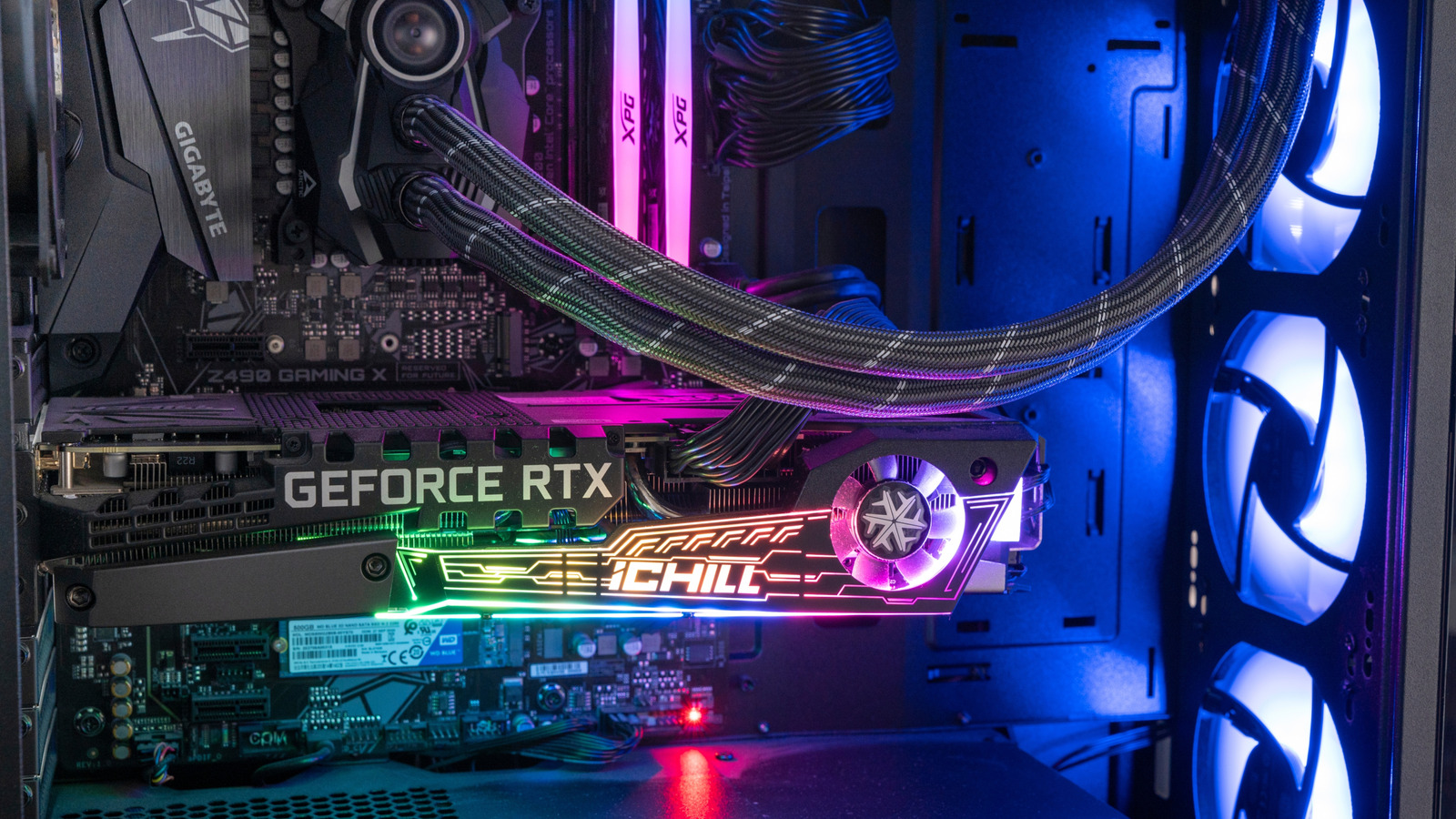
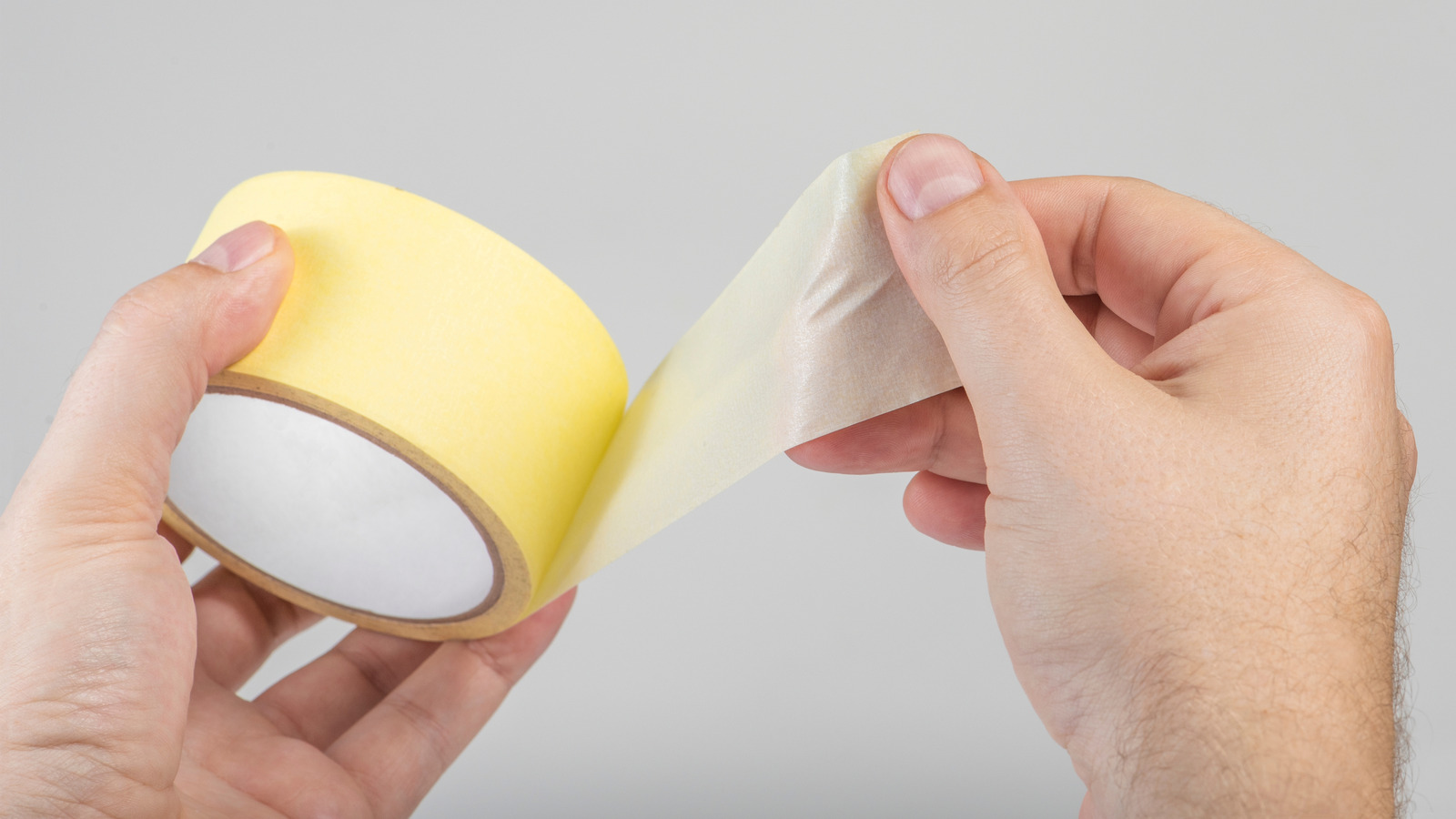














![Samsung Galaxy Tab S11 runs Geekbench, here's the chipset it will use [Updated]](https://fdn.gsmarena.com/imgroot/news/25/06/samsung-galaxy-tab-s11-ultra-geekbench/-952x498w6/gsmarena_000.jpg)






























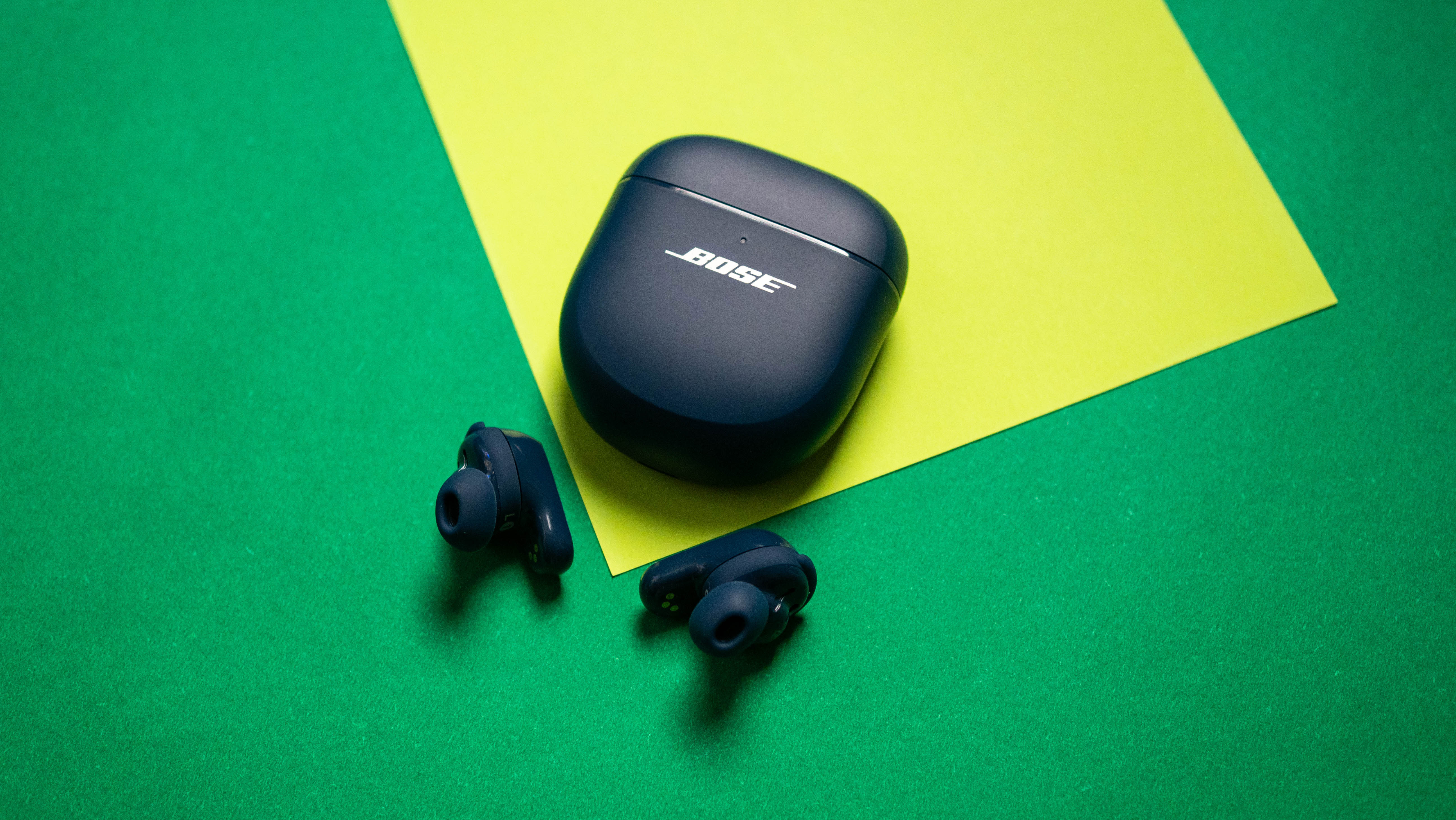









![Apple’s latest CarPlay update revives something Android Auto did right 10 years ago [Gallery]](https://i0.wp.com/9to5google.com/wp-content/uploads/sites/4/2025/06/carplay-live-activities-1.jpg?resize=1200%2C628&quality=82&strip=all&ssl=1)
![Everything new in Android 16 QPR1 Beta 2 [Gallery]](https://i0.wp.com/9to5google.com/wp-content/uploads/sites/4/2025/06/Android-16-logo-1.jpg?resize=1200%2C628&quality=82&strip=all&ssl=1)














![3DMark Launches Native Benchmark App for macOS [Video]](https://www.iclarified.com/images/news/97603/97603/97603-640.jpg)
![Craig Federighi: Putting macOS on iPad Would 'Lose What Makes iPad iPad' [Video]](https://www.iclarified.com/images/news/97606/97606/97606-640.jpg)


































































